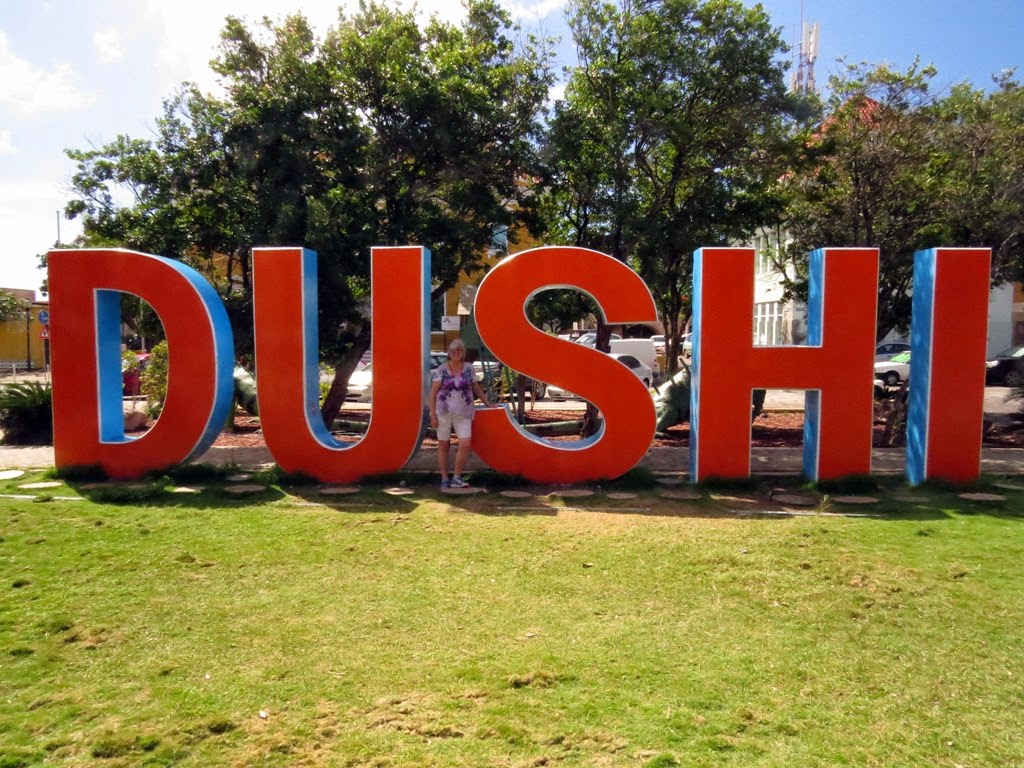Curacao is the third of the Dutch Antilles Islands
that visited. Its early European history
is similar to Bonaire. In the 2010 elections,
it voted to become independent from the Netherlands. It is a much larger island with a population
of over 150,000 people.
Our interest here was in visiting the capital city,
Willemstad, which is a designated world heritage site. So we spent our time
here exploring this historic city. It
was founded by the Dutch in the mid 1600's and quickly made it a slave trading
center. Today it is a booming tourist
center which has preserved much of its historic buildings.
We docked in front of the RIF fort across the harbor
from the old city. We strolled along the
waterfront through the fort and had great view of the old city before crossing
the pontoon bridge into the historic district.
The buildings are well preserved and used for the
commerce. Many date from the early to
mid 1700's. There are plenty of places
to shop and dine. As you walk along the
waterfront street, you will come to a small canal that holds a floating market
that has existed for centuries. Here you
can buy fresh fish, fresh vegetables and assorted other items.
The city streets are narrow and filled with shops
and restaurants. I found one group of tourists who were all
posing for a selfie along the busy streets.
There is a park dedicated in 1930 to Dutch Queen Wilhelmina for her 50th
birthday. Also in the park is a large
DUSHI sign. In Curacao, this means
sweet/nice. It would seem that this
applies to US, as well.
We next visited the Fort Amsterdam complex, which
was the seat of the colonial government which included the Governor's mansion
and the Fort Church. We were able to
tour the church and museum. The church
was completed in 1771, despite the date of 1769 on the building. Some of the original pieces remain in the
church or the church museum which is located above the water cistern in the
church. The mechanical works for the original
clock tower made in Holland in 1766 can be viewed. In 1864, the English took control of the town
for a short period, and Capt Bligh of the British Navy bombarded the town from
the location where our ship was currently moored. There remains a cannonball in the front wall
of the church that was fired during that bombardment.
This is definitely a must visit city.






















































